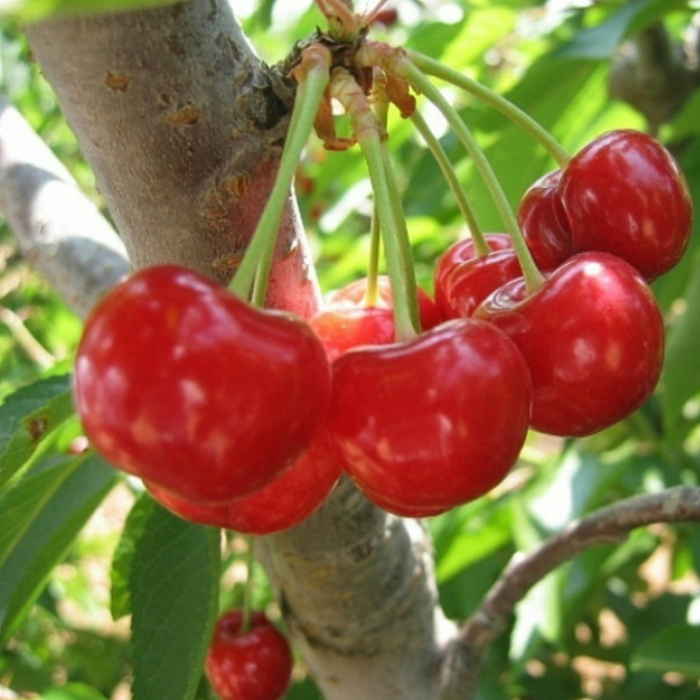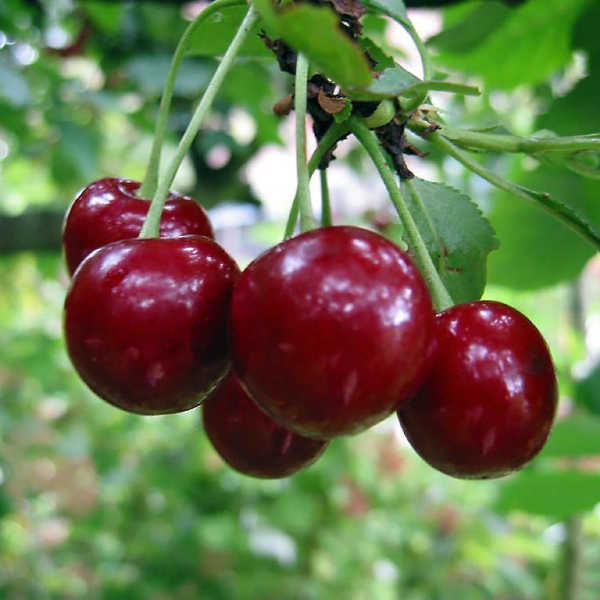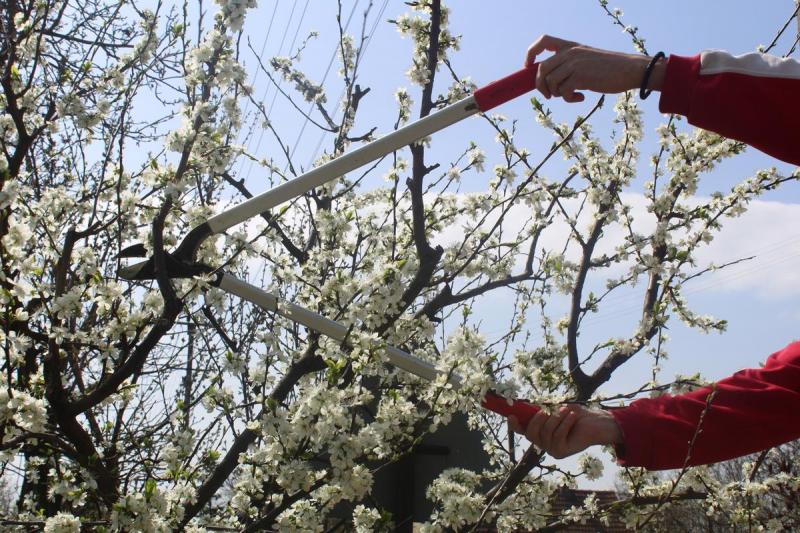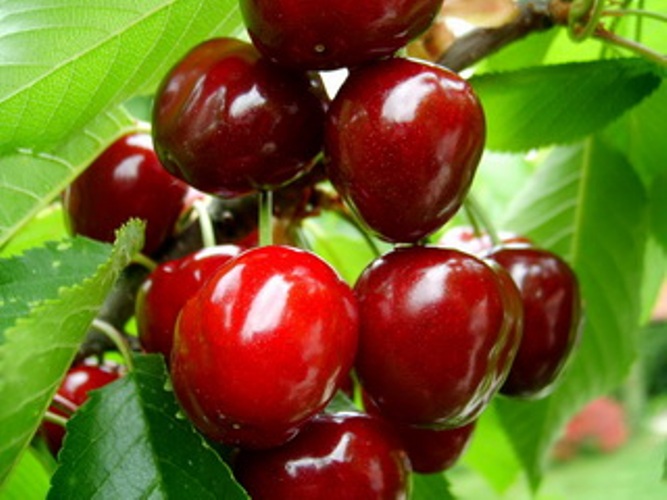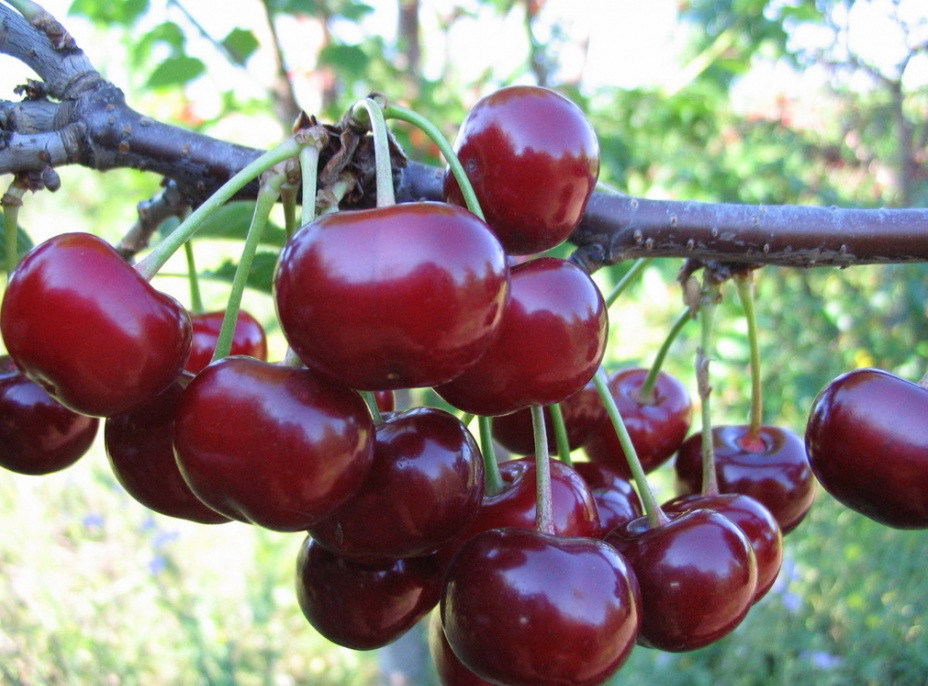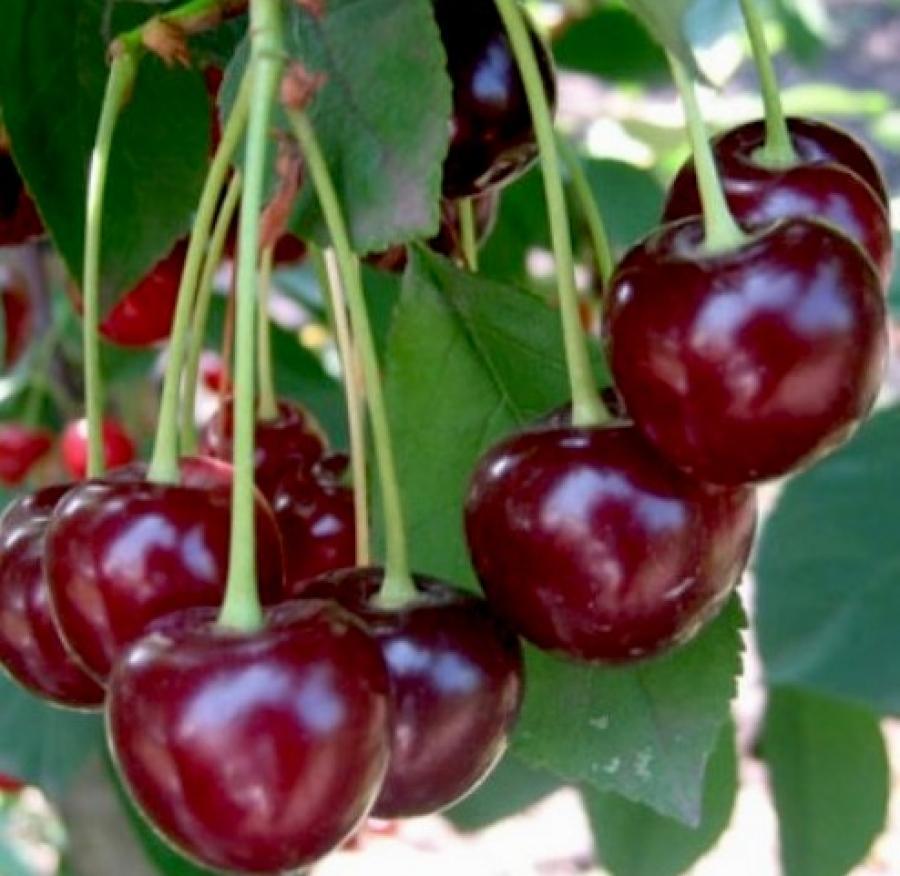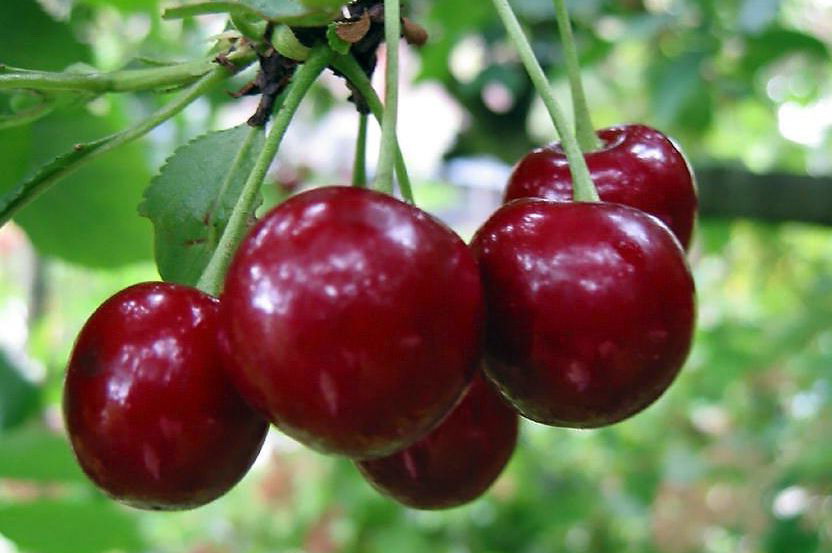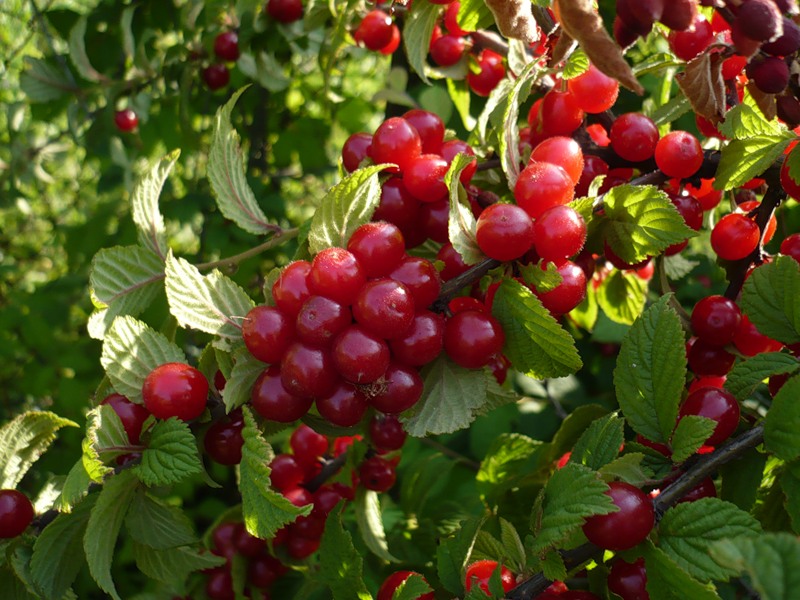Content:
Cherries are able to decorate the garden of any, even the most passionate gardener. There are many varieties of cherries, and the Fairy cherry, which will be discussed in this article, can be safely attributed to one of the most common. Due to its unique taste, high resistance to frost and fungal diseases, the fairy common cherry is quite popular among gardeners. The Fairy variety is a cross between Premiere and Coral cherry varieties.
Cherry Fairy: variety description
This cherry variety is undersized. Cherry trees reach a height of no more than 2-3 meters. The crown is moderately dense and spherical in shape, the branches are slightly raised. Leaves are elliptical, deep green. It blooms with large white flowers, which are abundantly covered in the corresponding period. The peduncle is short and thick with a semi-dry margin.
Characteristics of cherry fruits
Each year, at the end of June, cherries ripen light red, round-oval fruits. Their mass usually fluctuates around 3.5 g.
The flesh inside the cherry is yellow-pink, the taste is very juicy and sweet, but with a sour aftertaste. The small bone is not separated from the pulp. The fruits contain 15% dry matter, 11.1% sugars, 7 mg / 100 g of ascorbic acid.
The tree usually begins to bear fruit in the third year of life. Up to 12 kg of fruit can be harvested from one adult tree.
Frost resistance
According to reviews of many gardeners, cherries of this type have good frost resistance. It develops well and gives a good harvest throughout Central Russia.
Pollination
This cherry variety is self-fertile. This means that he does not need third-party pollinators. Nevertheless, it can be pollinated with other varieties if desired. The varieties Vladimirskaya, Lyubskaya, Turgenevka are suitable for pollination of this variety.
Caring for her is usually hassle-free. Its features will be discussed below.
Features of growing varieties
Despite the fact that the cherry is a rather unpretentious plant, you should not neglect the rules of caring for it. If you start care, you can forget about high-quality fruits and the long lifespan of the tree.
Landing
The planting soil must be dry and low in acids. Above the soil with high acidity, it is necessary to carry out the liming procedure, and drain the waterlogged soil using a drainage system. The soil in which the plant is planned to be planted is fertilized with humus and wood ash.
The planting scheme for seedlings should be drawn up in such a way that a distance of 1.5-2 m remains between the plants in the garden, and 3-4 m between the rows.
Pruning
In the second year after planting the seedling, the tree must be pruned so that the crown is formed properly. Formative pruning should be done before fruiting.
After the tree bears fruit, it is necessary to carry out sanitary pruning.
Weeds
Basal growth is removed as it appears. If you managed to find a good plant suitable for planting in the growth, it can and should be used. But this should only be done if the cherry seedling is own-rooted.
Harvesting
Since the cherry trees of this varietal variety are rather stunted, the harvesting work for them is simplified.
When harvesting, a noticeable hindrance can be birds, eager for cherry fruits no less than the gardener who grew them. The best solution would be to put a protective net from them, since neither the scarecrow, nor all kinds of shiny or rustling objects hung around the garden in order to distract the attention of birds from the fruits, do not have a long-term effect. The most important thing is to install it correctly, and then the crop will be almost guaranteed to be saved from the invasion of birds.
Diseases and pests
Together with the sun, pests and pathogens wake up, affecting also cherries. In this regard, its first treatment is carried out on a green cone, and the second immediately after it fades. The presented cherry tree variety is resistant to a dangerous disease called coccomycosis.
What pests and diseases will have to be dealt with:
- Cherry moth. Appears, as a rule, on young foliage and unblown flowers. Control method: insecticide treatment;
- Sawflies. Plant ovaries are affected;
- Aphid. Slows down the growth of a tree and fruits on it;
- Powdery mildew. From excessively frequent watering, the inner surface of the leaves, affected by this pest, turns white.
In the spring, you should regularly spray the plant in order to prevent diseases. Both the tree itself and the trunks should be processed.
Disadvantages and advantages
One of the main advantages of the variety is, undoubtedly, its considerable resistance to fungal diseases, in particular to coccomycosis, a disease that massively affects cherry trees. Frost resistance can also be attributed to its noticeable advantages. Cherry trees of this variety always produce a delicious harvest. The tree's undersized character makes harvesting easier.
You won't have to spend a lot of time and effort on the Fairy variety. The most important thing is to purchase good material and find a suitable place for planting, as well as observe the simplest rules for caring for a seedling. The payback of efforts in the form of tasty fruits with juicy pulp significantly exceeds their cost.
